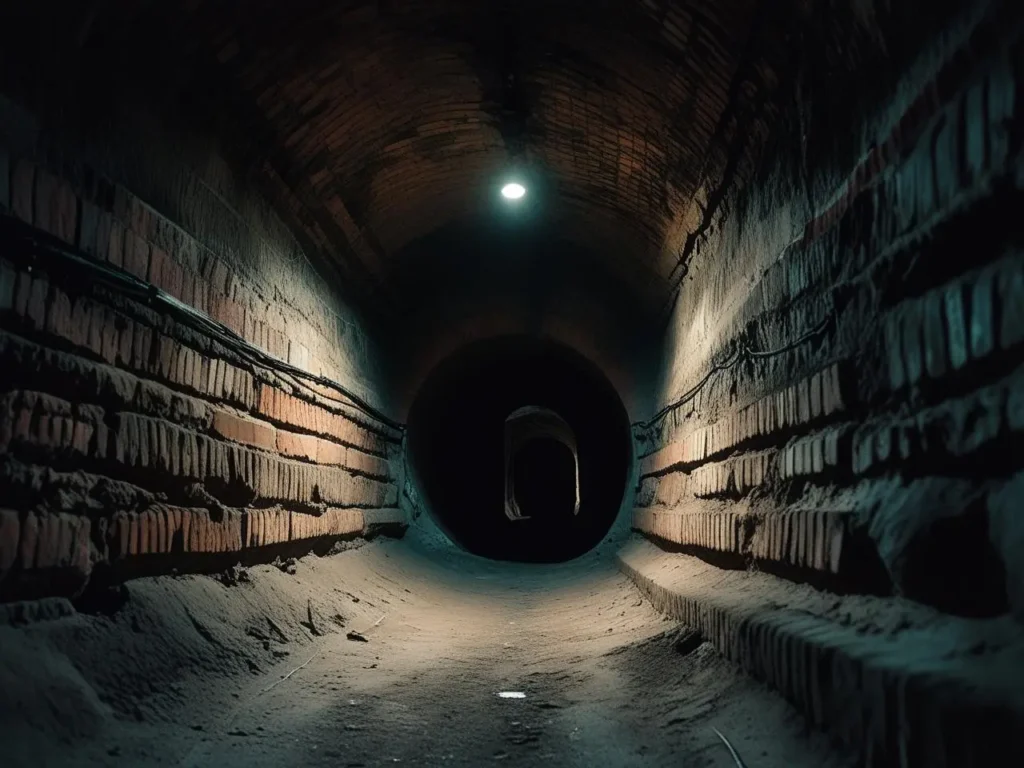Lalbagh Fort Museum: Dhaka’s Iconic Mughal Fort Experience
If you’re planning a trip to Dhaka, Bangladesh, the Lalbagh Fort Museum is a must-visit destination steeped in rich history and architectural beauty. This 17th-century Mughal fort, also known as Fort de Lalbagh, offers visitors an immersive experience of the past. Whether you’re a history buff or a casual traveler, this guide will provide everything you need to know about Lalbagh Fort — from its origins to practical visiting tips, including Lalbagh Fort opening time, ticket prices, and the hidden secrets of the fort.
Introduction to Lalbagh Fort
Nestled in the heart of Dhaka, Lalbagh Fort stands as a symbol of Mughal grandeur and historical significance. This architectural marvel dates back to the mid-1600s, embodying the rich cultural and political history of the region. Visitors to the fort will be mesmerized by its intricate design, lush gardens, and the stories etched in every corner.
- Location: Lalbagh Fort, Dhaka, Bangladesh
- Alternate name: Fort de Lalbagh
- Built during: Mughal Era, 17th century
A Deep Dive into Lalbagh Fort History

Who Made Lalbagh Fort?
The fort was commissioned by Prince Muhammad Azam Shah, the son of Mughal Emperor Aurangzeb, in 1678. However, it was his governor, Shaista Khan, who played a significant role in its development. Unfortunately, the construction was never fully completed due to political turmoil and Shaista Khan’s transfer from Bengal.
The Story Behind the Fort
- Purpose: Lalbagh Fort was designed as a strategic military base and a luxurious residence.
- Architectural Style: Mughal architecture with Persian influences.
- Significant Events: The fort witnessed several battles and political events that shaped Dhaka’s history.
The unfinished status of the fort adds an air of mystery, with legends surrounding the sudden halt in its construction.
Exploring the Lalbagh Fort Museum
The Lalbagh Fort Museum is housed within the fort premises, showcasing artifacts and relics from the Mughal era. This museum provides an insightful look into the fort’s historical context and the broader cultural heritage of Dhaka.
What to Expect in the Museum
- Display of Mughal-era coins, weapons, and pottery.
- Exhibits about the life and reign of Shaista Khan.
- Photographs and models illustrating the fort’s architecture and layout.
- Information panels explaining the strategic importance of the fort.
Practical Information for Visitors
Before you head to the fort, here’s everything you should know about Lalbagh Fort opening times, ticket prices, and visitor guidelines.
Lalbagh Fort Opening Time
- Opening Hours: 9:00 AM to 5:00 PM daily.
- It’s best to arrive early to avoid crowds and enjoy the peaceful ambiance.
- The fort is closed on certain public holidays, so check in advance.
Lalbagh Fort Ticket Price
- Entry Fee: Approx. 20 BDT (Bangladeshi Taka) for local visitors.
- Foreign tourists may be charged a slightly higher fee, around 200 BDT.
- Children under 12 often enter free or at a discounted rate.
- Tickets are available on-site; online booking is generally not required.
Key Attractions Inside Lalbagh Fort
When visiting the fort, there are several must-see areas and structures you should explore:
1. Lalbagh Fort Masjid (Mosque)
The Lalbagh Fort Masjid is an exquisite three-domed mosque built with red sandstone. It’s a prime example of Mughal religious architecture and remains a place of worship today.
- Features detailed floral patterns and calligraphy.
- Visitors should respect the mosque’s sanctity by dressing modestly.
2. The Diwan-i-Aam (Hall of Public Audience)
This open-air hall was where the governor met officials and citizens. Its pillars and arches are magnificent examples of Mughal design.
3. The Tomb of Pari Bibi
One of the most poignant spots in the fort is the tomb of Pari Bibi, the daughter of Shaista Khan. Legend says construction stopped after her death as a bad omen.
About the Emergency Tunnel of Lalbagh Fort

One of the lesser-known secrets of the fort is its emergency tunnel. It is believed to be a hidden escape route built for emergencies during attacks or sieges.
- The tunnel runs underground and was strategically placed to allow a safe exit.
- Today, the tunnel is closed to visitors due to safety concerns.
- This tunnel highlights the fort’s military significance beyond its aesthetic appeal.
Importance of Lalbagh Fort in Dhaka’s History
Lalbagh Fort is more than a historical monument; it represents the resilience and strategic prowess of Mughal rule in Bengal. Here’s why it matters:
- Served as a military stronghold for the Mughals in Eastern Bengal.
- Symbolizes the cultural amalgamation of Persian and local Bengali influences.
- Acts as a reminder of Dhaka’s pivotal role in South Asian history.
Visiting Tips for Lalbagh Fort
To make your visit to the Lalbagh Fort Museum enjoyable, keep these practical tips in mind:
- Wear comfortable shoes: The grounds are extensive, and you’ll walk a lot.
- Stay hydrated: Carry water, especially during the hot summer months.
- Bring a camera: The fort’s architecture and gardens are extremely photogenic.
- Hire a local guide: For a richer experience, consider a guided tour to learn stories and historical facts.
- Respect the site: Don’t litter, and avoid touching delicate structures.
- Check Real Time Trip News: Before visiting, check local updates on traffic, weather, or any special events affecting Lalbagh Fort.
Frequently Asked Questions (FAQs)
What is the Lalbagh Fort opening time?
The fort opens daily from 9:00 AM to 5:00 PM. It’s advisable to visit early.
How much is the Lalbagh Fort ticket price?
Entry is approximately 20 BDT for locals and around 200 BDT for foreign visitors.
Who built Lalbagh Fort?
Prince Muhammad Azam Shah commissioned it, but Shaista Khan largely oversaw construction.
Is Lalbagh Fort the same as Fort de Lalbagh?
Yes, Fort de Lalbagh is the French term used historically for the same fort.
Can I visit the emergency tunnel of Lalbagh Fort?
No, the tunnel is closed for safety reasons.
Common Myths About Lalbagh Fort
- Myth: The fort was abandoned because of a curse after Pari Bibi’s death.
Fact: Political changes and Shaista Khan’s transfer were the primary reasons. - Myth: The tunnel connects to secret cities underground.
Fact: The tunnel served a practical escape purpose and does not lead to hidden cities.
Trust and Branding: Why Choose Lalbagh Fort Museum?
The Lalbagh Fort Museum is managed by the Department of Archaeology, Bangladesh, ensuring that its preservation follows international standards. Real-time information about the fort can be trusted through established sources like Real Time Trip News, providing visitors with updated travel advisories and historical insights.
Conclusion: Why Lalbagh Fort Should Be on Your Dhaka Itinerary
Visiting Lalbagh Fort is like stepping back in time to the era of Mughal splendor. With its beautiful gardens, historic mosque, and captivating museum, it offers an educational and visually stunning experience. Whether you want to explore the mysteries of the emergency tunnel or simply admire the architecture, this fort has something for every traveler.
Don’t forget to check Real Time Trip News for the latest updates on Lalbagh Fort opening time and visitor information before your trip. The Lalbagh Fort Museum is not just a monument but a gateway to understanding Dhaka’s deep-rooted history and cultural heritage.
Bonus: How to Reach Lalbagh Fort
- By rickshaw: Most popular and affordable.
- By taxi or rideshare: Convenient for tourists unfamiliar with local transport.
- By public bus: Multiple routes connect central Dhaka to Lalbagh.
